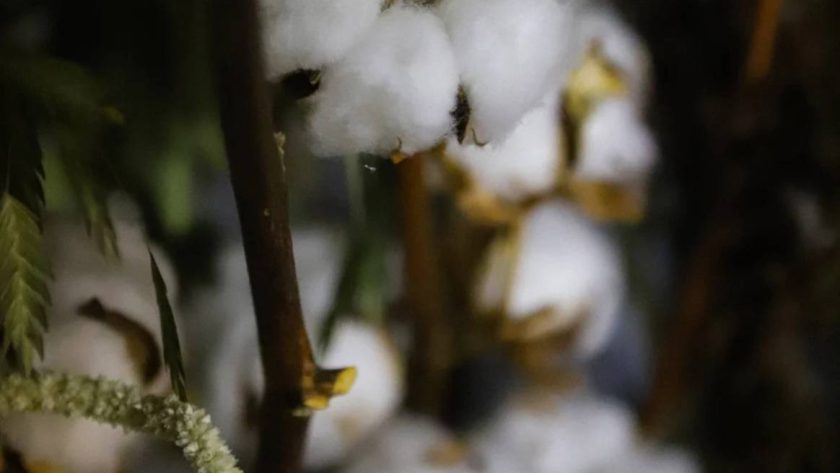Sustainability in fashion isn’t just a trend; it’s a mission for brands like KOMODO. This iconic brand has firmly rooted its principles in crafting clothes that minimise environmental impacts. Not only do they focus on the planet, but they also ensure their clothing is produced under fair labour conditions.
One of KOMODO’s standout features is their dedication to sustainable fabrics:
Organic Cotton
The distressing truth is that traditional cotton, a widely used fabric, is drenched in pesticides. Imagine a t-shirt, emblematic of casual wear, containing a quarter-pounder’s worth of toxic chemicals. Enter organic cotton: a pesticide-free alternative. KOMODO’s organic cotton stands as a testament to their commitment to the land, water, and people. As founder Joe Komodo quips, “Be Nice!”
Recycled PET
Transforming plastic bottles into fashion? Yes, KOMODO uses recycled PET to make polyester fibre. While the brand’s heart beats for natural fibres, sometimes necessity demands innovation. Joe says with a playful tone, “I used to get wasted, now I recycle!”
Tencel
An award-winning eco-fiber, Tencel is produced from tree cellulose grown on wastelands. Efficient and biodegradable, this fabric feels as good as its eco credentials. While Tencel is similar to viscose, a popular material, its production process is notably more eco-friendly, setting it apart in the world of sustainable textiles. Joe Komodo’s mantra is, “Sell Tencel!”
Linen
Revered through history, linen, derived from flax plants, boasts breathability and a unique texture, making it ideal for warm climates. Its natural fibres wick away moisture, ensuring comfort even on the hottest days. In addition, linen garments age gracefully, becoming softer with each wash and wear. “Perfect with a cup of tea!” says Joe.
Bamboo
Bamboo is luxuriously smooth and temperature adaptable. It also impresses with its eco-stats, boasting rapid growth, minimal water needs, and no reliance on pesticides. Furthermore, bamboo has natural antibacterial properties, making it a hygienic choice for clothing. Its soft and silky feel rivals that of premium fabrics, ensuring both luxury and sustainability.
Rayon
A century-old invention from Paris, rayon, made from tree cellulose, splendidly displays colours. Often referred to as ‘artificial silk,’ rayon serves as a cruelty-free alternative to silk, allowing fashion enthusiasts to enjoy the luxe feel without the ethical concerns associated with silkworm harvesting. Its versatility and vibrant colour absorption have made it a staple in many wardrobes. As Joe Komodo encourages, “Shine On!”
Hemp
Sourced from the cannabis sativa plant, hemp is prolific in growth and carbon dioxide capture, offering significant yield benefits over cotton. Additionally, hemp fibres are strong and durable, making them an ideal choice for long-lasting apparel. The hemp used in Komodo’s production is certified by the Global Organic Textile Standards, leading Joe Komodo to endorse: “Hemp Works!”
Wool
KOMODO’s wool is unadulterated, sourced responsibly, and handcrafted with care. Wool is renowned for its excellent insulation properties, keeping wearers warm even in harsh conditions. When treated correctly, it can last for many years, testifying to its longevity and timeless appeal. Although not yet GOTS Certified, the brand is making strides in that direction.
Tracing back to 1988, KOMODO sprouted during an age of cultural revolution, influenced by British youth culture and an adventurous trip to Bali. Initiated by Mark Bloom (Joe Komodo), KOMODO was born from a backpack, a journey of exploration, and an ethos of representing unique, ethical, and vibrant fashion.
In a world saturated with fast fashion, KOMODO stands tall, redefining fashion with fabrics that matter. They aren’t just a brand; they are a movement.


